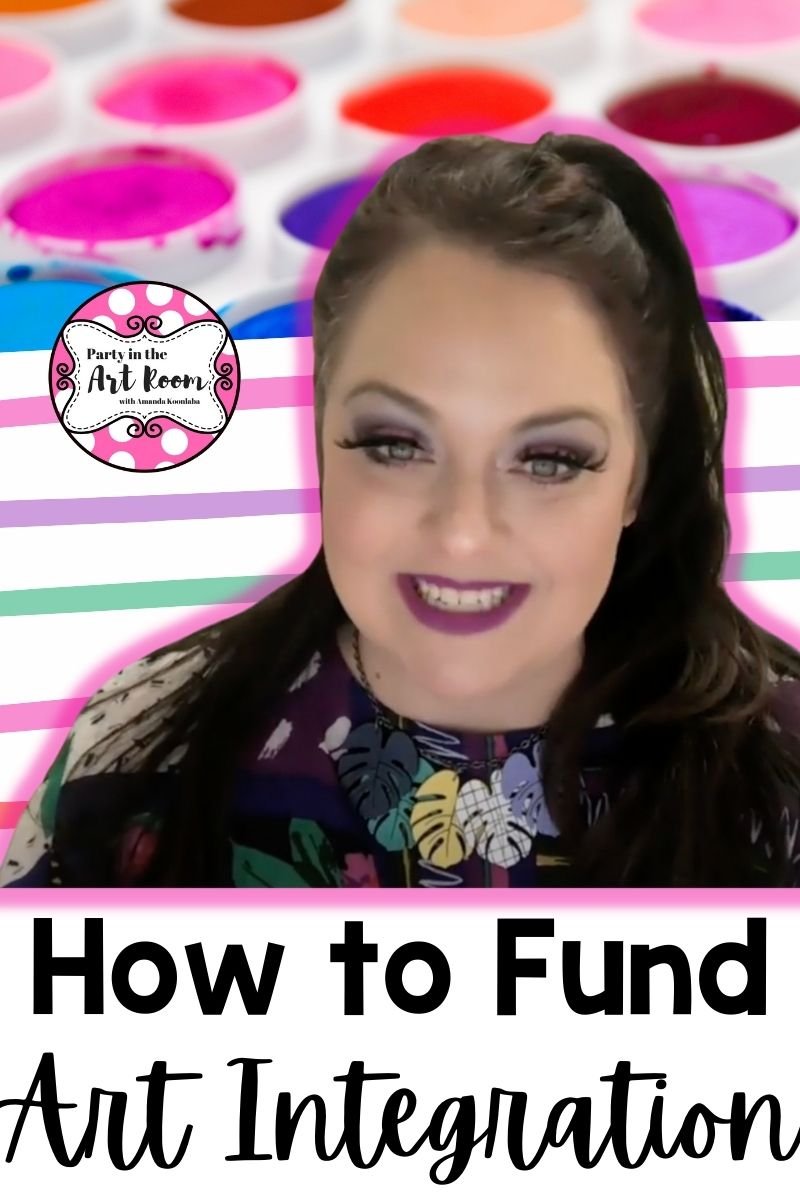How to Fund Arts Integration
Many educators have great ideas for programs that could benefit their students, but they don't know how to implement them. Programs like arts integration are challenging to implement for this reason.
Arts integration is a crucial component of joyful learning. Making arts integration training a priority in schools could immensely improve the experiences of students and teachers. Arts integration brings joy to students. After all, teaching is not effective if it's not joyful.
So, what can we do to make learning joyful? The answer is arts integration training for teachers. If educators want to integrate art into a standard, they need the training to learn the best methods to implement their ideas.
Arts integration vastly increases job satisfaction amongst educators and ensures that students enjoy learning. However, there are several barriers to implementing it in schools. Lack of funding is at the top. Lack of funding for teacher training also makes arts integration challenging to implement.
Often, educators have no funding for art supplies, arts integration training, and professional development.
Federal Funding options for arts integration training
Arts integration training should be your school’s priority. Federal funds are available to help teachers with professional development resources. The federal government is not responsible for school funding. Its role in education is ensuring equity for students. These funds exist to move us to a more equitable education system:
The School Improvement Grant program (Title I) – This grant is authorized under section 1003 of the Elementary and Secondary Education Act (ESEA). You can use Title one funds to improve school culture or test scores. And arts integration can help with that.
The U.S. Department of Education Grant program (Title II, Part A) – The program supports effective instruction. It’s for professional training and resources that develop teaching strategies.
The Student Support and Academic Enrichment program (Title IV, Part A) – This program aims to increase the district’s ability to provide a well-rounded education and improve learning conditions. In my training sessions, I discuss ways to support struggling students. Such training can help improve your instruction for students who need academic enrichment.
Title IV (Part F, subpart IV) program – Much like Part A, this fund supports academic development. However, it focuses more on reaching low-income children.
Other funding ideas to explore
School districts – Your school district is responsible for the allocation of funds. As such, it’s their job to implement arts integration training in schools. They identify an area of improvement and provide finances to support that area.
Community funding – A lot of local communities will help fund the schools. Some schools may be able to help support other local schools.
Nonprofit organizations – You might also want to look into local parent-teacher organizations and nonprofit organizations. Sometimes, they offer grants to teachers. You might also find a benefactor who wants to make a charitable donation in your town.
Consider contacting nonprofits like DonorsChoose, Adopt a Classroom, and the National Arts Education Association. Be sure to check your state’s arts agencies as well. In Mississippi, we had the Mississippi Arts Commission, and they helped fund some programs for schools.
Selling arts integration training to your administrator
Considering its positive impact on learning, you’d think arts integration training would practically sell itself. Unfortunately, you’ll need a few selling points.
Arts integration training is Standards-based. I show educators how to teach a specific standard through arts integration.
We also have training sessions that address overarching pedagogies like classroom management and emotional learning. Everything we teach is research-based. I am an ASCD emerging leader. So, I’m very well-connected with ASCD. I use my ASCD network regularly to inform my practice.
Lastly, I've tested all my lessons. I teach them to my students or as model lessons before adding them to my training curriculum.
Two-steps to implementing Arts Integration
Choose cheat sheets from our curriculum after you analyze data for your school. If we don't have your preferred training, we’ll add it to our curriculum.
Talk to your school administration. Ask them about all the funding opportunities I’ve shared with you, and then use those to help your students thrive.
I wish you the best of luck on your journey towards joyful teaching and learning!
